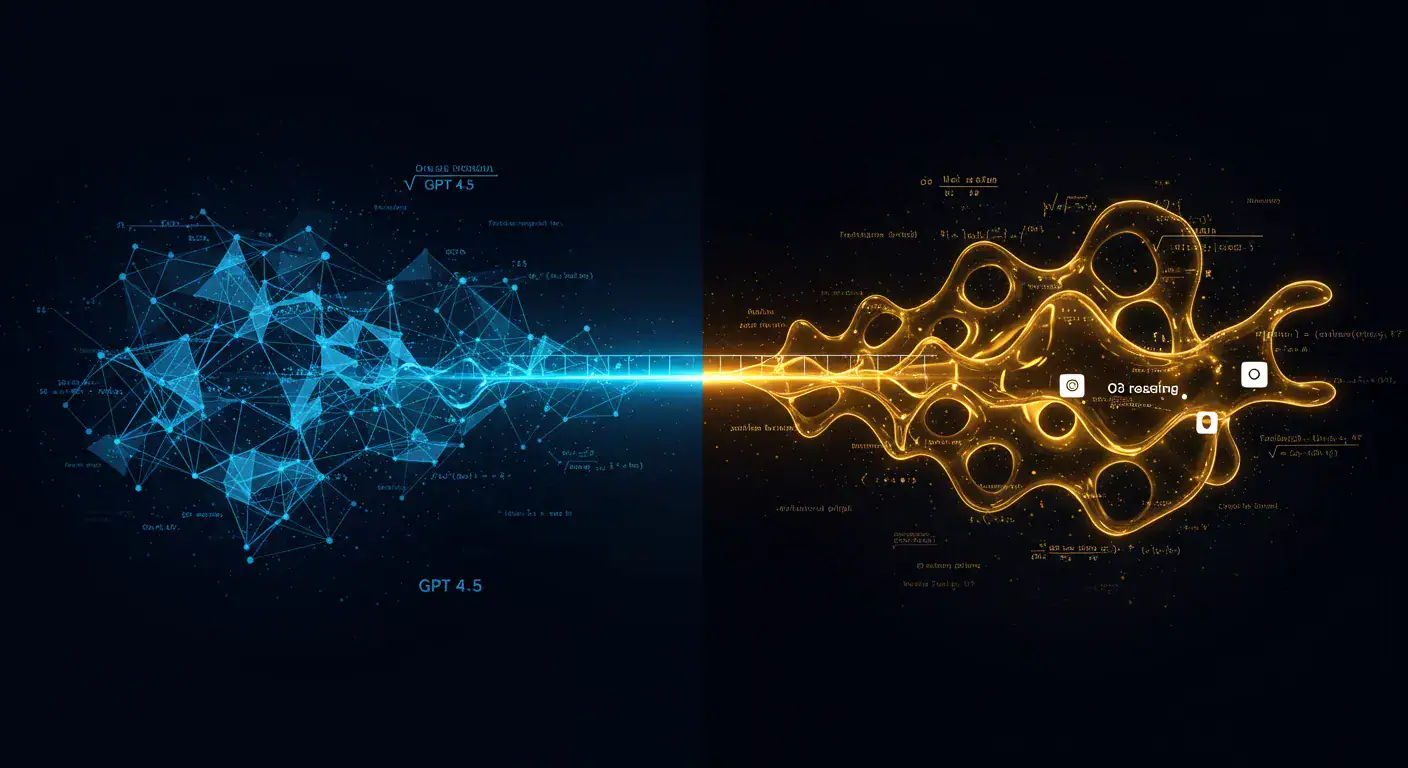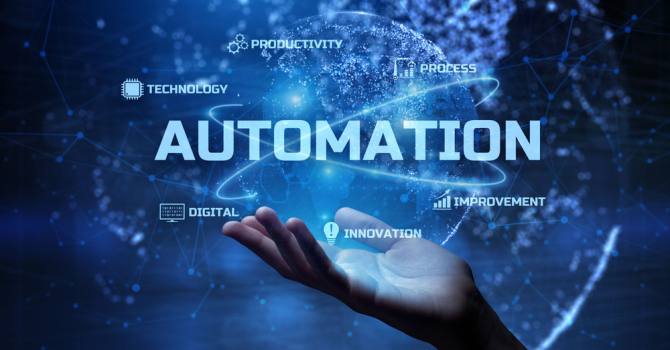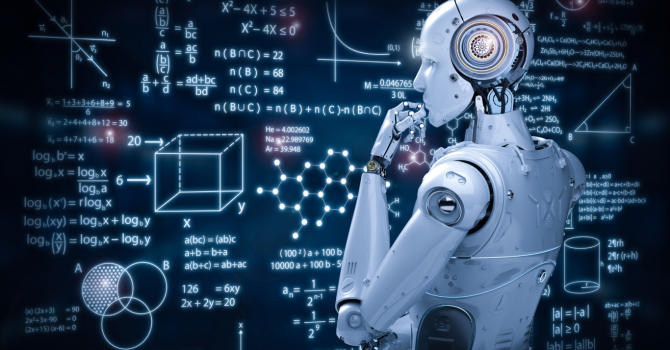OpenAI, a key player in the artificial intelligence sector, has been making waves with its strategic updates and acquisition interests from prominent figures. As discussions surrounding the transition to for-profit models and the introduction of advanced technologies like GPT-5 continue, the implications for AI governance and accessibility are significant. This article delves into recent developments, providing insights into their potential impacts on AI’s trajectory and OpenAI’s role in shaping the future of artificial intelligence innovations.
OpenAI’s Product Roadmap
The section on OpenAI’s product roadmap explores the highly anticipated releases of GPT-4.5 and GPT-5. GPT-4.5 is significant as it represents the last iteration of non-chain-thought models, paving the way for more interactive AI capabilities. Expected to launch imminently, GPT-4.5, also referred to as “Orion,” serves as a critical bridge towards GPT-5, integrating several enhancements over its predecessor while maintaining traditional model structures.
The transition to GPT-5 marks a pivotal shift as it introduces the o3 reasoning model, designed to enhance logical processing and reasoning accuracy. This development reflects ongoing efforts to refine AI’s decision-making abilities in complex scenarios, ultimately aiming to minimize errors and improve user satisfaction. Furthermore, the unified architecture of GPT-5 is anticipated to incorporate multimodal capabilities — managing inputs across text, voice, and imagery, thus making interactions more intuitive and versatile. [Source: Fello AI] [Source: Computerworld].
Accessibility discussions are central to this roadmap, emphasizing OpenAI’s commitment to democratizing AI use. The new tiers will allow free users unlimited access to GPT-5 but with limitations in processing capabilities compared to paid tiers. ChatGPT Plus and Pro subscribers will enjoy advanced features that enhance their interaction with the AI, representing an essential strategic decision to balance accessibility with revenue collection. This tiered model is set to enable broader participation in AI development, allowing users from various backgrounds to leverage emerging technologies without prohibitive costs. [Source: Shelly Palmer] [Source: CTOL Digital].
The significance of these developments extends beyond OpenAI, influencing broader AI model evolution and research trends. By phasing out standalone models and integrating them into a more cohesive system, OpenAI aims to simplify user experience while enhancing the performance of its models. This approach not only sets a precedent for the organization but holds implications for the entire industry, potentially influencing competitors to adopt more unified architectures as well. Overall, the advancements heralded by GPT-4.5 and GPT-5 resonate with OpenAI’s long-term mission to create safe and broadly beneficial AI technologies, ultimately driving innovation across multiple sectors. [Source: MacRumors].
The Financial and Governance Dynamics
Elon Musk’s $97.4 billion bid to acquire OpenAI has ignited a complex dialogue surrounding the governance dynamics of for-profit versus non-profit models in the tech sector. Musk’s initial offer, disclosed on February 10, 2025, was framed as a means to revert OpenAI back to its nonprofit roots, a stance he articulated as aligned with its founding mission of advancing AI for the public good, rather than for commercial gain. [Source: TechCrunch].
However, this ambitious proposal was met with a sharp and decisive rejection from OpenAI’s CEO Sam Altman, who dismissed Musk’s bid as an insubstantial tactic. Altman emphasized that OpenAI had no intentions of selling itself, underlining a strong commitment to its long-term mission and goals. [Source: CBS News]. Musk’s conditions for withdrawal included the stipulation that OpenAI halt its movement towards a for-profit model, which he reportedly views as a departure from its ethical foundation. [Source: Economy Middle East].
The unfolding legal confrontations provide a critical context for these governance dynamics. Critics and supporters alike have voiced the ethical implications of Musk’s claim, questioning whether his interests align genuinely with OpenAI’s original mission, or are influenced by personal financial motivations. [Source: Business Insider]. Altman’s legal defense has also pointed out the inherent contradictions in Musk’s positioning; while he offers to purchase OpenAI to protect its nonprofit objectives, his involvement in the legal dispute ostensibly seeks to halt this very transformation. [Source: San.com].
The implications of Musk’s bid could resonate deeply within the tech community. As OpenAI navigates funding opportunities — including a substantial potential $40 billion investment from SoftBank — it faces critical decisions regarding its strategic direction. [Source: Economy Middle East]. The discourse surrounding Musk’s conditions raises critical questions about financial governance in technology organizations and the ethical frameworks that must guide their evolvement. Such considerations could ultimately shape the capabilities of OpenAI to innovate and fulfill its enduring commitment to the development of safe and beneficial AI for society.
Expert Perspectives on AI’s Future
As OpenAI navigates its evolving landscape, expert opinions are pivotal in understanding the future of AI development. Insights from AI researchers, industry leaders, and ethical scholars have illuminated the implications of new AI models like GPT-5, which are poised to redefine the capabilities and dynamics of AI technology.
OpenAI’s strategic shift towards a unified model with the introduction of GPT-5 reflects a profound understanding of user needs and industry demands. CEO Sam Altman’s vision of a “magic unified intelligence” targets the current confusion stemming from multiple overlapping models, aiming for a platform that enhances accessibility while maintaining advanced functionalities. [Source: OpenTools]. The integration of features such as chain-of-thought reasoning and multimodal support signifies an important advancement, positioning OpenAI to lead in addressing complex user inquiries with higher contextual accuracy. [Source: FelloAI]. This shift is not merely technical; it has extensive ramifications for competition within the industry as companies like Google and Amazon begin optimizing their model offerings similarly. [Source: ComputerWorld].
While the promise of simplification and enhanced capabilities excites many, ethical scholars express concerns regarding the implications of concentrated power within a singular AI framework. They argue that a unified system, while more user-friendly, may inadvertently limit innovation by phasing out specialized models that cater to niche markets. [Source: YourStory]. Additionally, the debate surrounding the affordability of tiered subscription models raises questions about equitable access to advanced AI tools, making it imperative for OpenAI to address potential disparities in access. [Source: OpenTools].
Furthermore, predictions that AI will surpass human programmers by 2025 bolster expectations around GPT-5’s impact on software development. Experts highlight the dual-edged nature of this advancement, underscoring concerns about job displacement and the need for robust ethical oversight as AI systems become more integrated into everyday workflows and decision-making processes. [Source: FelloAI].
In summary, as OpenAI shapes the future with GPT-5, expert dialogue continues to emphasize the balance between technological advancement and ethical responsibility. This discourse mirrors broader trends within the industry, underscoring the need for sustainable governance models that prioritize innovation without compromising ethical standards or inclusivity.
Real-world Applications and Societal Impacts
OpenAI’s technological advancements are set to revolutionize various sectors. This chapter examines the real-world applications of the newly introduced models and their potential to transform industries such as healthcare, finance, and education. Emphasizing the enhanced reasoning capabilities of GPT-5, the focus is on how these models contribute to smarter, more efficient decision-making processes. Additionally, the societal implications of AI accessibility, innovation, and challenges related to AI acceptance are explored. This analysis aims to paint a comprehensive picture of how OpenAI’s innovations are poised to impact everyday life, bridging the gap between cutting-edge technology and societal benefit.
The healthcare sector stands to benefit tremendously from the integration of GPT-5’s capabilities. Its advanced reasoning features allow for improved diagnostics and precision medicine. By utilizing the o3 reasoning model and chain-of-thought capabilities, GPT-5 can analyze medical data with greater accuracy, significantly reducing errors in diagnoses and treatment recommendations. [Source: Geektak]. Furthermore, the model facilitates streamlined clinical workflows, automating report generation and enhancing real-time patient monitoring, thus alleviating administrative burdens for healthcare professionals. [Source: OpenTools.ai].
In the financial sector, GPT-5 offers transformative solutions in risk management and fraud detection. Its enhanced reasoning capability allows for sophisticated analysis of transaction patterns, effectively identifying anomalies and reducing financial losses. [Source: OpenTools.ai]. The accessibility of AI tools democratizes financial planning for small businesses, enabling them to utilize advanced analytics for tailored investment strategies. [Source: Geektak].
Education is another area poised for disruption through GPT-5’s capabilities. Adaptive learning platforms can leverage its reasoning tools to provide personalized recommendations, addressing students’ unique learning needs and facilitating understanding of complex subjects like STEM. [Source: OpenTools.ai]. Enhanced accessibility features, such as voice mode, ensure that students with disabilities or language barriers can benefit from these learning tools. [Source: OpenTools.ai].
The societal implications of these advancements cannot be overstated. While democratizing access could foster innovation, it also raises concerns about potential job displacement in traditional roles. [Source: Geektak]. Moreover, ethical considerations surrounding misinformation and bias highlight the urgent need for robust governance frameworks to regulate the deployment of these powerful tools responsibly. [Source: OpenTools.ai]. As such, OpenAI’s innovations are not just about technological advancement; they invite a broader discussion on the intersection of AI and societal well-being.
Emerging Trends and Future Directions in AI
In the dynamic field of artificial intelligence, OpenAI’s steps forward offer a glimpse into wider trends and future directions. This chapter explores advances in AI capabilities, focusing on the integration of reasoning models and the evolving role of governance frameworks. Comparisons with competitors provide context to OpenAI’s standing in the AI landscape. The narrative addresses the continuous evolution of AI technologies and governance, assessing how these will shape both OpenAI and global AI dynamics. Emerging trends such as AI ethics and regulatory standards are discussed, along with recommendations for stakeholders aiming to harness AI’s transformative power effectively and responsibly.
Knowledge Graphs and Contextual AI
Knowledge graphs are revolutionizing AI by enabling machines to understand complex relationships between entities, moving beyond pattern recognition to true contextual reasoning. This integration with large language models enhances tasks like medical diagnostics and financial fraud detection, where nuanced understanding of data connections is critical. [Source: SmythOS].
Agentic AI
Autonomous AI agents capable of planning and executing tasks independently are emerging as a top trend, with Gartner highlighting their potential to augment human workflows and reduce operational costs. These agents can interact with environments, adapt to changes, and collaborate with other systems, exemplified by AI-driven report generation and expert outreach. [Source: Enterra Solutions].
Multimodal AI
Generative AI tools now process text, images, audio, and video simultaneously, creating intuitive interfaces for document processing and chatbots. This trend, driven by IBM and others, aims to personalize user experiences through natural language commands and multimodal inputs. [Source: Mobidev].
Shift to Small Language Models (SLMs)
Cost-efficient SLMs (e.g., Phi-3 Mini, Llama 3.1) are replacing resource-intensive LLMs for tasks like HIPAA-compliant data processing, reducing operational costs while maintaining accuracy for simpler tasks. [Source: Enterra Solutions][Source: Mobidev].
Open-Source AI and Model Optimization
Open-source models like Meta’s Llama series enable self-hosting, customization, and data privacy, fostering innovation while addressing safety concerns. Techniques like pruning and knowledge distillation optimize models for specific domains. [Source: Mobidev].
Data’s Growing Value and Usability
Generative AI’s reliance on structured/unstructured data has made enterprises prioritize data ecosystems for training and decision-making. Tools now process dark data (e.g., videos, documents) to uncover hidden insights, transforming industries like healthcare and finance. [Source: Enterra Solutions].
Convergence with Quantum Computing and Other Tech
Quantum-AI systems promise breakthroughs in material design and climate modeling by analyzing massive datasets. Meanwhile, AI’s integration with sensors and biotech is creating “living intelligence” for real-world applications like robotics. [Source: Enterra Solutions][Source: Mobidev].
These trends reflect AI’s evolution from reactive tools to proactive, context-aware systems, reshaping industries while raising ethical and operational challenges.
Conclusions
In conclusion, OpenAI’s recent developments mark pivotal points in the AI landscape. The introduction of GPT-4.5 and the anticipated launch of GPT-5 with the o3 reasoning model are set to redefine AI capabilities. The tension between profit motives versus ethical operation frameworks continues to challenge OpenAI’s trajectory. The decision to reject Elon Musk’s acquisition points to a commitment to holistic AI progress rather than financial gains. As AI continues to shape industries and societal structures, OpenAI stands at the forefront, balancing innovation with responsibility. Future engagements will need to address arising ethical concerns and ensure inclusive access to advanced AI technologies.
Sources
- Business Insider — Sam Altman Responds to Elon Musk’s OpenAI Bid in Court
- Mobidev — Future of Artificial Intelligence: Trends to Watch
- SmythOS — Knowledge Graphs and AI: Future Trends
- San.com — Elon Musk Says He’ll Drop His $97 Billion OpenAI Bid on One Condition
- CTOL Digital — OpenAI GPT5 Roadmap Future of AI
- CBS News — Elon Musk Makes $97 Billion OpenAI Offer
- OpenTools.ai — OpenAI Unleashes GPT-5 with Free Unlimited Access for All
- MacRumors — OpenAI Reveals GPT-4.5 and GPT-5 Roadmap
- TechCrunch — Elon Musk-Led Team Submits $97.4B Bid for OpenAI
- Economy Middle East — Will Elon Musk Pull His $97.4 Billion Offer for OpenAI?
- Enterra Solutions — Trends for 2025: The Future of Artificial Intelligence
- Geektak — GPT-5 Unveiled: A New Age of OpenAI Innovation
- ComputerWorld — OpenAI Revamps AI Roadmap: Merging Models for a Leaner Future
- FelloAI — All You Need to Know About GPT-5: OpenAI’s 2025 Roadmap
- YourStory — AI to Surpass Human Programmers by 2025, Says OpenAI CEO
- Shelly Palmer — OpenAI Roadmap Update for GPT-4.5 and GPT-5
- OpenTools — OpenAI Unveils Vision for a Unified AI Future
- OpenTools.ai — OpenAI Unveils Game-Changer GPT-5 to Unite and Simplify AI Experience
- OpenTools.ai — GPT-4.5 and GPT-5: OpenAI’s Leap Towards Unified Intelligence



